Glass canning jars are a good investment and can be used in many ways, not just for canning. They are an ecologically friendly choice, too.
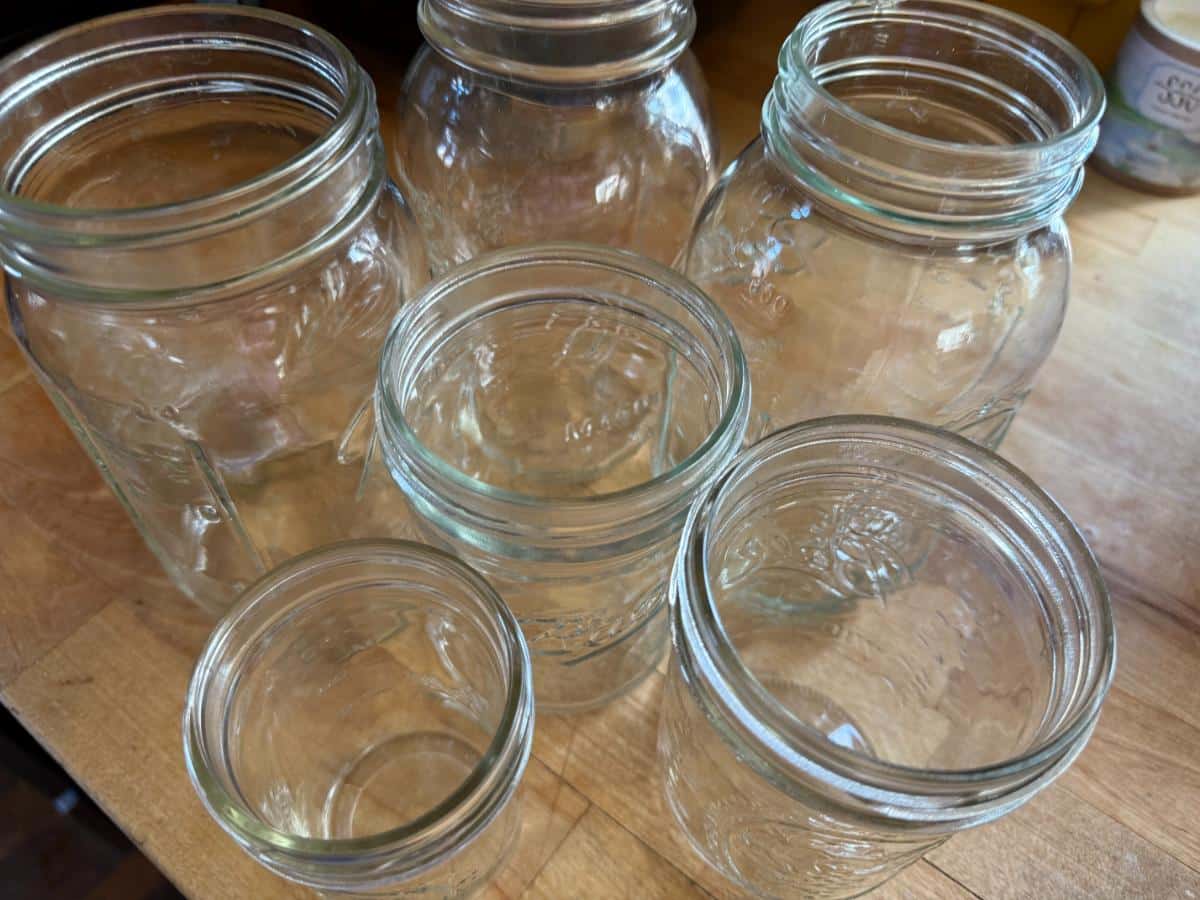
It’s often said that you can even freeze in glass canning jars. But is this true? Maybe you’ve tried it, and the results were not pretty.
The fact is that, yes, you can freeze in glass canning jars. But only in some of them!
Did you know? Glass can be recycled indefinitely, over and over, and it doesn’t lose its quality. But plastic can only be recycled two or three times.
Jump to:
- Benefits of Freezing in Canning Jars
- Not All Canning Jars Are Safe to Use in the Freezer
- What Are Some Things You Might Want to Freeze or Preserve in Canning Jars?
- VIDEO: Which Canning Jars Are Safe to Use in the Freezer? Here’s a Simple Way to Tell!
- How to Freeze Products in Canning Jars
- Go Plastic-free by using Canning Jars for the Freezer
Benefits of Freezing in Canning Jars
- Cuts down on single-use plastics
- Cuts down on plastic in the kitchen
- A good way to remove plastics from your cooking, kitchen, and life
- Last for many years when properly cared for and properly used -- perhaps even generations!
- Attractive looks
- Have many uses
- Better air tightness than plastic
- Do not hold stains, flavors, or odors like plastic containers do
- Thicker, better protection in the fridge or freezer than plastic
- Sturdy
- Affordable, when you consider how many uses there are for them and how long they last
- Much more eco-friendly than any plastic product
- Does not emit microplastics into products from chafing, scraping, or heating
- Greatly reduce landfill waste
- If they do reach a landfill, there is no real ecological damage coming from old or broken glass containers
- Last longer than plastic containers
- Preserves products well
- Provides good protection in the freezer
Not All Canning Jars Are Safe to Use in the Freezer
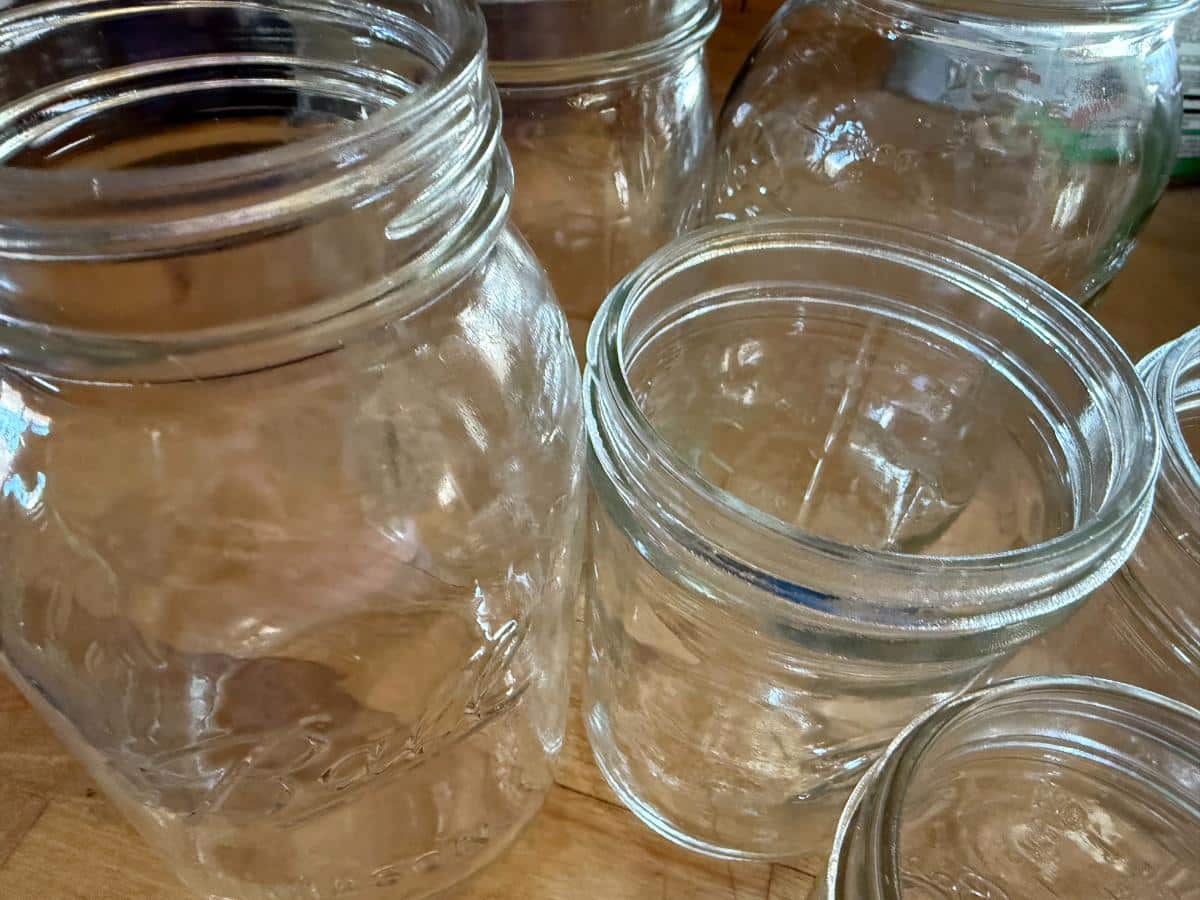
There is one important -- crucial -- thing to know about freezing in glass containers.
There is only one basic style of canning jar that is safe for the freezer. But figuring out what you can or can’t use in the freezer is easy once you know what you’re looking for.
How to Tell If You Can Freeze Things in Your Canning Jars

There is a simple way to know if you can freeze in your canning jars.
It’s all about the shape and pressure point in the jar.
- Only straight or tapered jars are safe for the freezer
- Both regular mouth and wide mouth jars are safe, as long as they are straight or tapered
- Tapered jars must be tapered from the top to the bottom
- This means that the top cannot be narrower than the base of the jar
- The base of the jar being wider than the top, as long as it is a straight taper, is fine
You cannot freeze in canning jars that have any kind of shoulder or inset at the top. If you freeze in these jars, the expansion puts pressure on the shoulder of the jar, and this will cause it to break.
The size of the jar is less important as long as the shape is right and there is enough room for headspace/expansion space. Typically, only pints or quarts are used for freezing.
What Are Some Things You Might Want to Freeze or Preserve in Canning Jars?

There are many things you can freeze in canning jars.
- You can freeze dry goods, milled grains, or powders
- Liquid-packed fruits or vegetables
- Fruit or vegetable purees
- Freezer jams or jellies
- Side dishes like baked beans or stuffing
- Leftovers from meals to make a meal another day
- Soups
- Sauces
- Bases
- Extracted juices
- Dry-packed fruit or vegetables (those placed in the jar with no liquid or sugars)
- Whole or sliced berries
- Fruit pieces
- Fruit or vegetable purees
- Prepared meals and prepared products
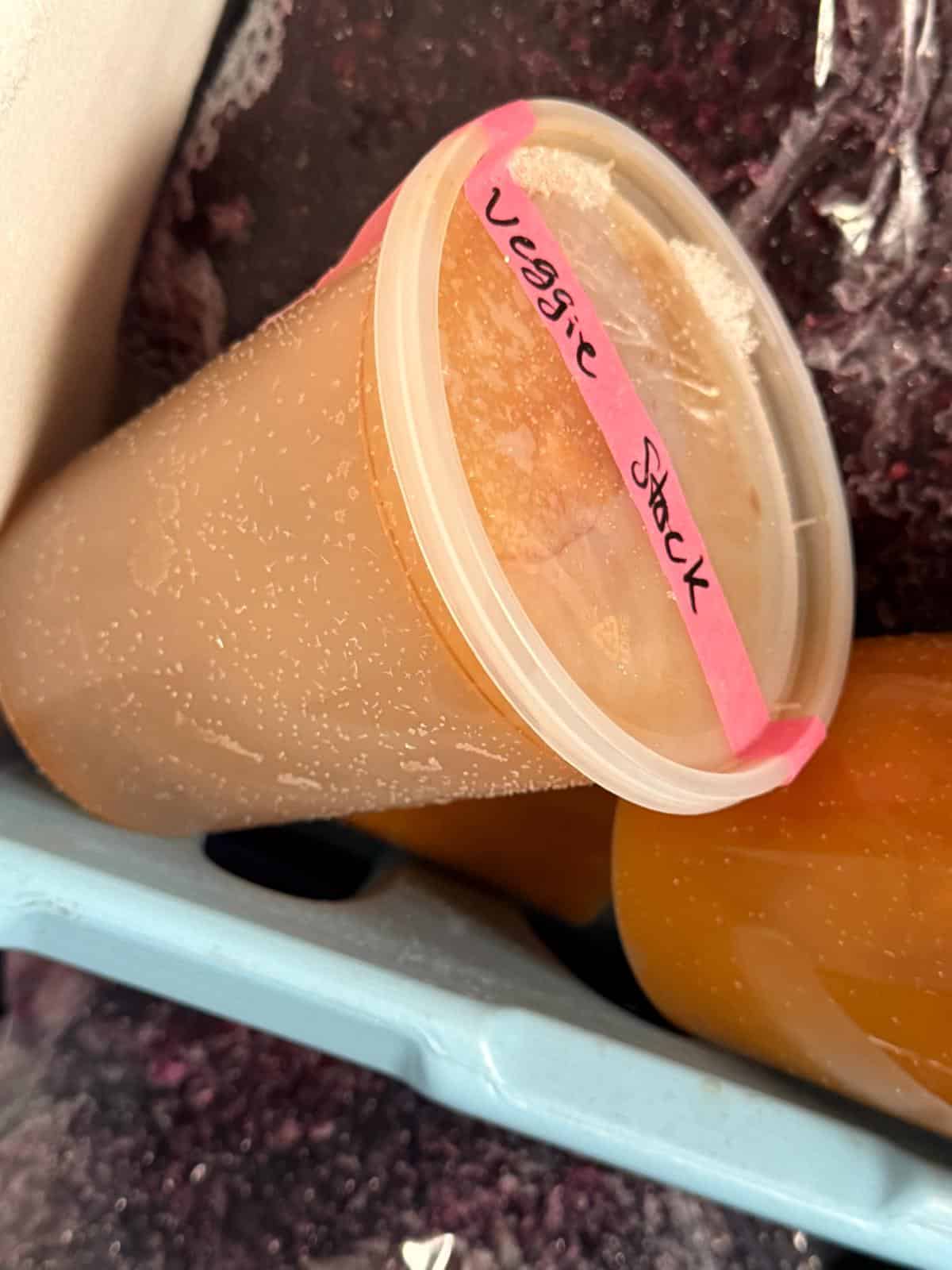
- Stocks or broths
- Meat packed in stock or broth (packing in liquid reduces freezer burn and protects quality)
- Beaten eggs or separated egg whites or yolks
For the most part, if you can freeze it, and it fits well into a canning jar with adequate headspace, you can freeze it in a canning jar.
VIDEO: Which Canning Jars Are Safe to Use in the Freezer? Here’s a Simple Way to Tell!
How to Freeze Products in Canning Jars
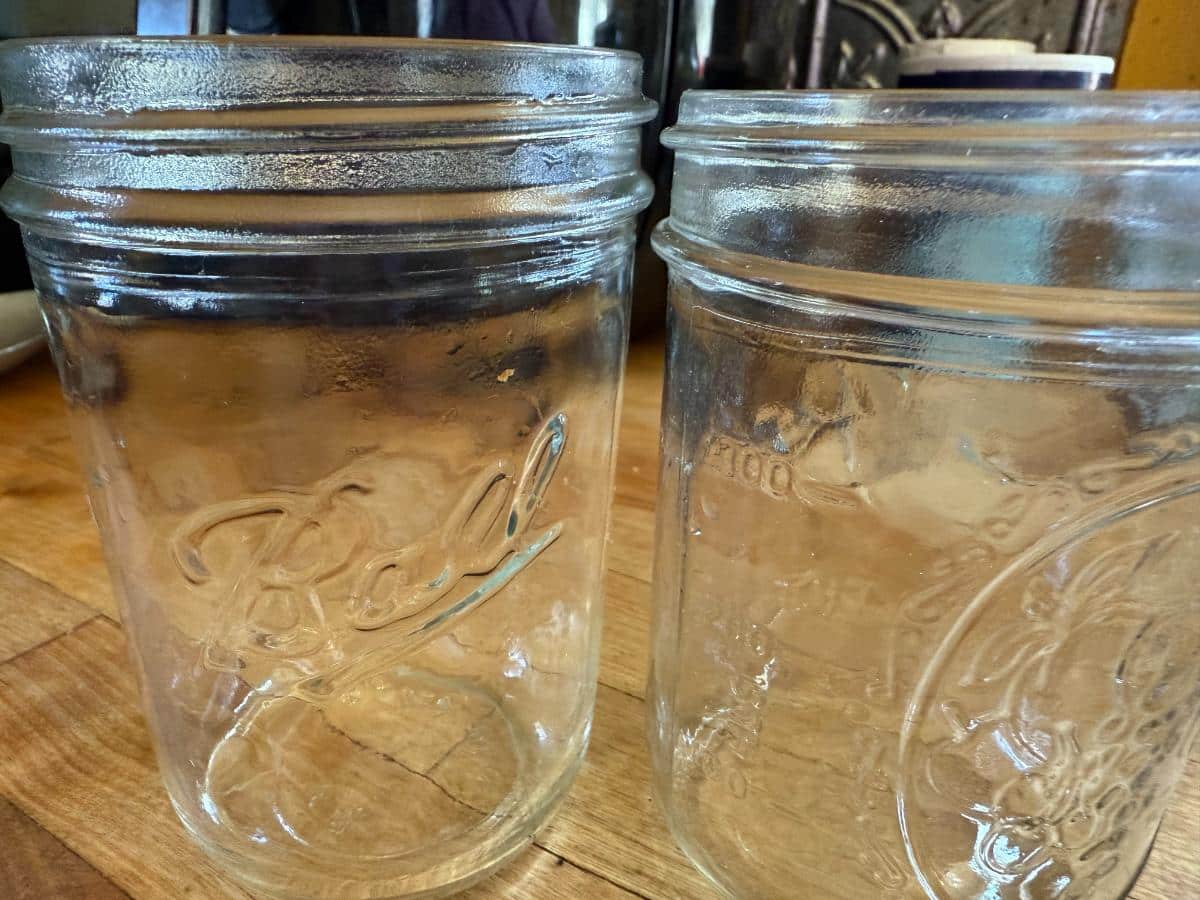
Freezing in canning jars is very easy!
- Inspect your jars and make sure there are no knicks or cracks in the jar
- Pay particular attention to the rim of the jar, which is the more common place for damage to occur over time
- Recycle glass jars that show damage
- Prepare the products according to the instructions
- Pack into the jar
- Leave headspace for expansion according to the type of the product and the amount of liquid or other ingredients (like sugars) that will impact how the product expands in the freezer (see below for how much headspace to leave in freezer jars)
- Cap, label, and freeze
Leave Headspace for Expansion:
Both liquids and solids expand when they are frozen. You will need to leave enough “headspace” in the jars to allow for this expansion so that you don’t cause breakage due to pressure or you don’t force the top of the jars.
This is true even for plastic containers -- anything frozen needs headspace!
*Headspace is just an empty room left at the top that is not filled.
How much headspace to leave for different frozen foods:
Dry packed goods: (berries, fruit, vegetable pieces with nothing added, including no added sugars)
Wide mouth:
- Pint jars: ½ inch
- Quart jars: ½ inch
Regular mouth**:
- Pint jars: ½ inch
- Quart jars: ½ inch
Liquid packed goods: (fruit or vegetables with juice or liquid in the pack or crushed or pureed produce)
Wide mouth:
- Pint jars: ½ inch
- Quart jars: 1 inch
Regular mouth**:
- Pint jars: ¾ inch
- Quart jars: 1 ½ inches
Prepared juice:
Wide mouth:
- Pint jars: ½ inch
- Quart jars: 1 inch
Regular mouth**:
- Pint jars: 1 ½ inches
- Quart jars: 1 ½ inches
**Regular mouth openings are listed because jars can be freezer-safe even if they have regular mouth openings. However, that is only for straight-sided or tapered containers. Still no shouldered jars!
Lids or Covers
To cap your jars for freezing, you can use either the two-piece lids and rings that are used for canning or you can use solid plastic caps that are made for canning jars.
Plastic caps are one solid piece and are a bit nicer to use. However, they do not come with the jars, and you will have to purchase the lids separately. They do last a long time, though, and are reusable, usually for years.
If you are aiming to get away from plastic storage containers completely, you’ll be happier with the metal lids and rings.
Go Plastic-free by using Canning Jars for the Freezer

The biggest reason people want to freeze in canning jars is to reduce the amount of plastic used in the household and to cut down on plastic waste in landfills.
Canning jars can replace things like plastic Tupperware-style containers, plastic freezer containers, vacuum bags, and plastic freezer bags. Of these, single-use plastics like vacuum bags and baggies are the worst offenders and biggest pollutants (since plastic freezer containers can at least be reused).
If you use the right type of canning jar and follow appropriate packing guidelines, you may even find that the glass jars are a much better investment over time and that they hold up even better than plastic containers that can become brittle and break when frozen. It’s one more win for quality products, money-saving, and waste-reducing reuse!

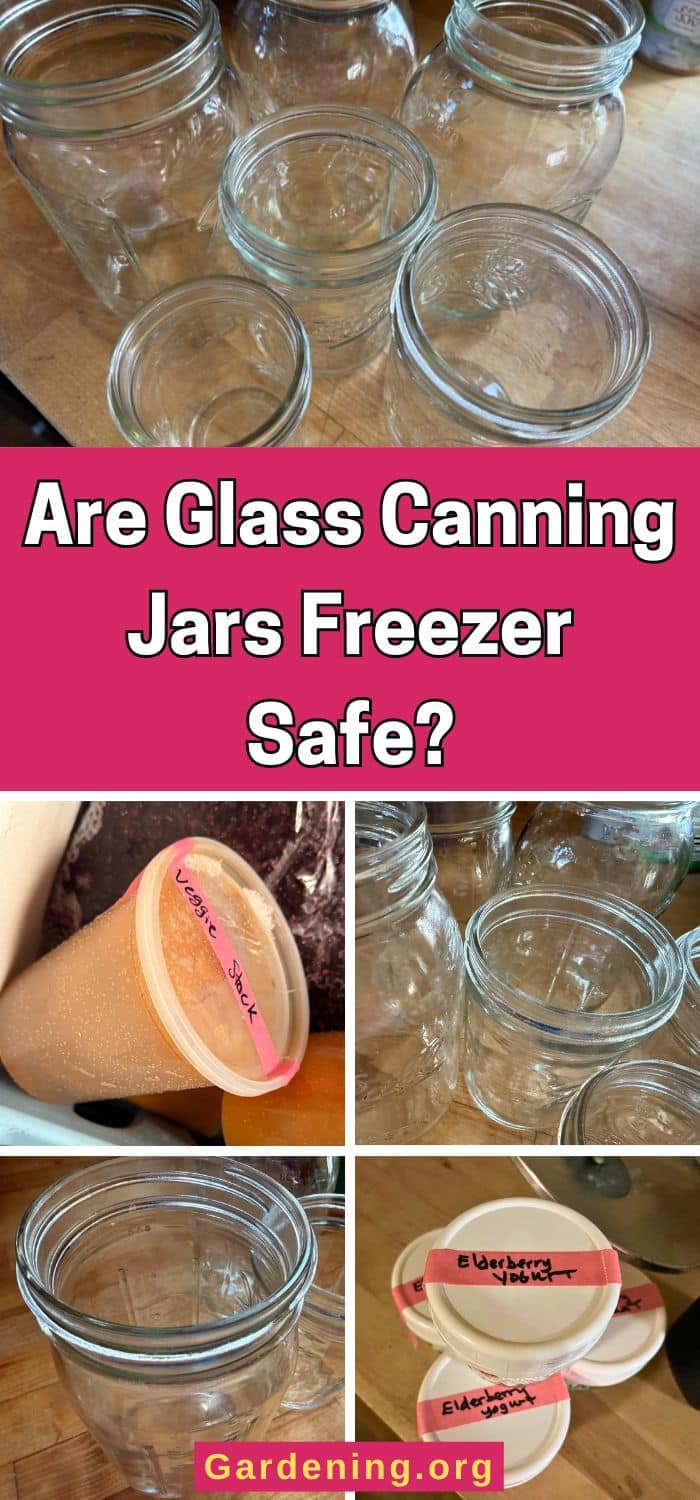
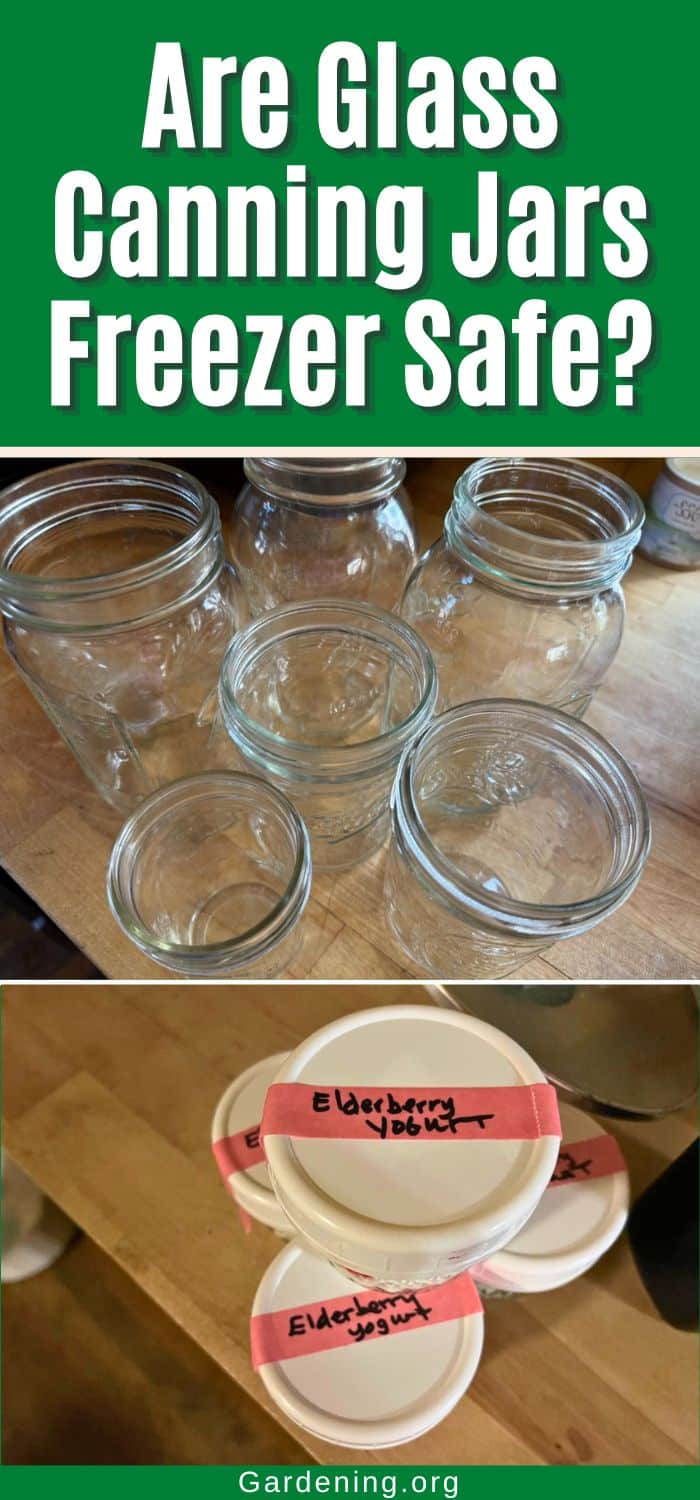

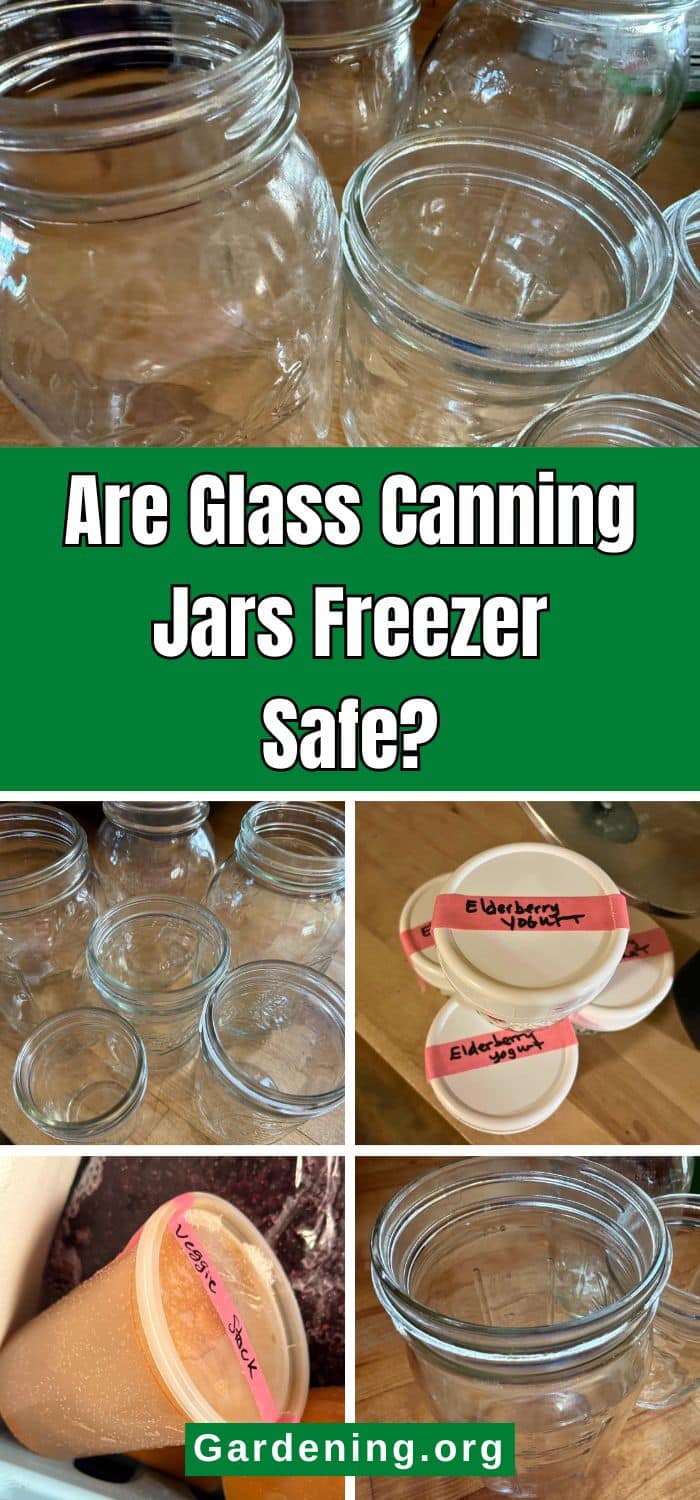
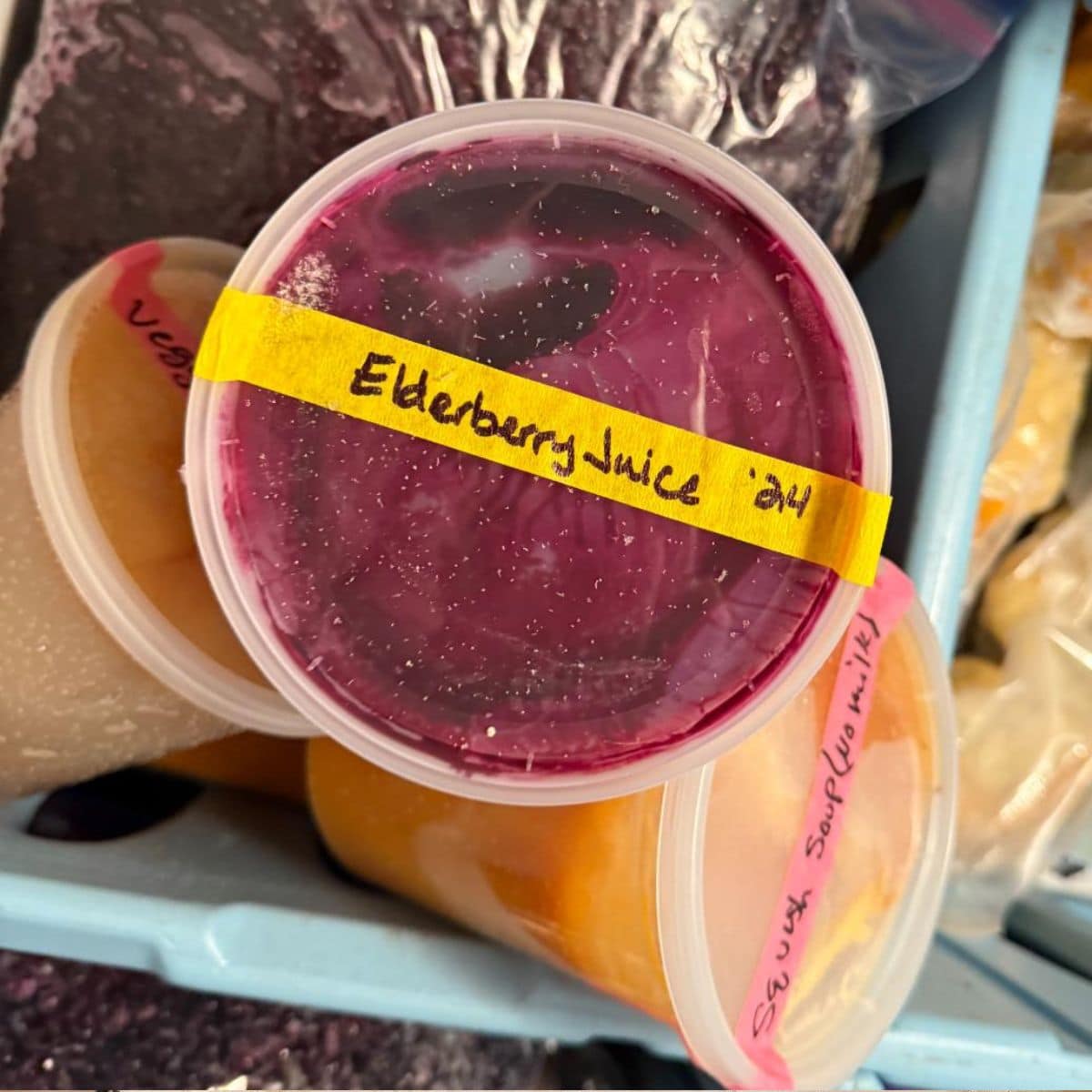
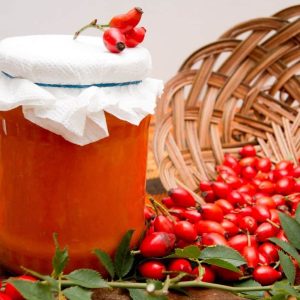
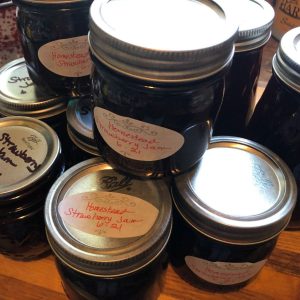
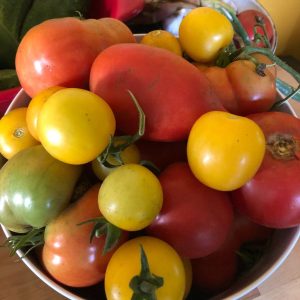
Leave a Reply